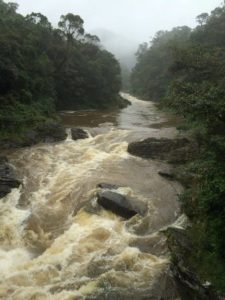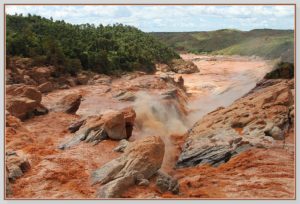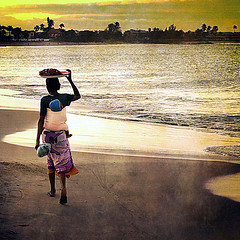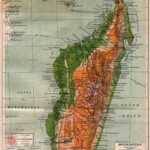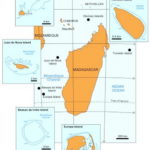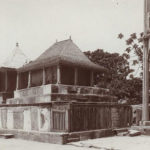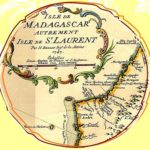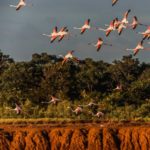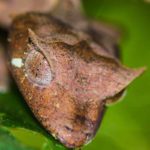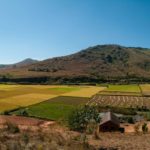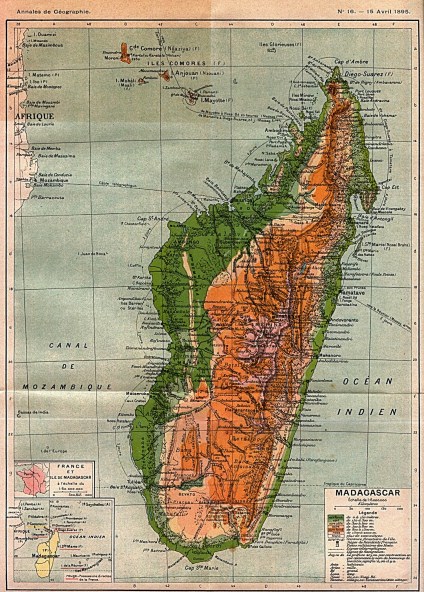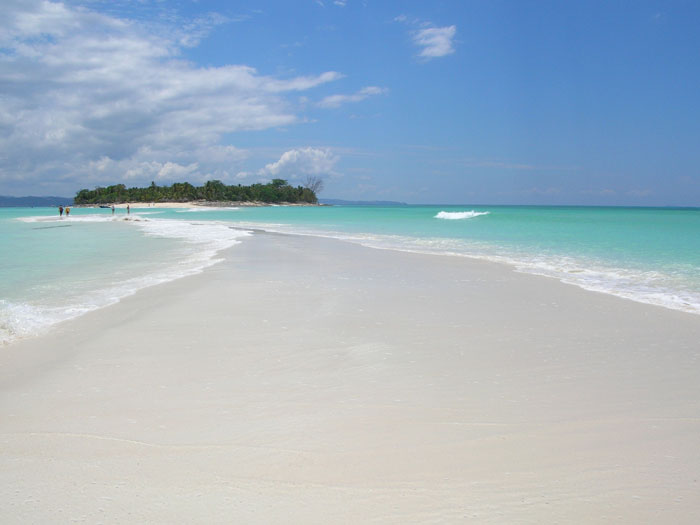The rivers and waters in Madagascar
Madagascar is an islandwhere water is an important resource and a precious commodity. Since many people on the island live primarily from agriculture and are accordingly dependent on continuous irrigation, but at the same time drinking water treatment is by no means yet up to Western standards, it is Water in Madagascar extremely precious. Therefore, it may seem quite surprising that the island state actually cannot complain about water shortage. Anyone who has ever been with a Airplane over Madagascar has flown away, who recognizes at a glance the numerous riverswhich meander through the landscape, have their starting point in the mountains and flow slowly from there towards the ocean. More than 50 rivers worth mentioning run through the Madagascar landscape and ensure that the farmers' fields as well as the plants and animals in the tropical rainforests have enough water available. Also underground waters there seem to be many on Madagascar, but the cave system in this respect is anything but intensively explored. Especially the subterranean water masses could become interesting for the people of Madagascar in the future, provided that finally the Construction of wells and water pipes can be carried out on a large scale. So far, these projects have failed, mainly due to the limited financial resources available to Madagascar, one of the poorest countries in the world. The Tourism in Madagascar can also be a problem for this solution. After all, each fills Trip to Madagascar the state coffers for further money, which in turn is invested in various future-oriented projects in Madagascar can be invested. If you have already decided on a Madagascar vacation interested or just want to learn more about this breathtaking island, then you are at the right place. Below we would like to inform you about the great variety of the Rivers and waters in Madagascar and, above all, reveal a little insight into the various possibilities that these waters offer you in a Madagascar vacation could offer in terms of extraordinary adventures. If you still have questions about this or are looking for a specific offer, it is worth taking a look at our Travel information or a direct contact.
The most fascinating rivers in Madagascar
As was mentioned at the beginning, Madagascar has more than 50 different riverswhose origin is mostly in the mountains. Some of the rivers are quite small and not navigable by boat, but some have a considerable size. The Mangoky is considered the longest river in Madagascar and has a length of more than 800 kilometers. The second longest river, the Ikopa, has a length of only about 660 kilometer. The Mangoky rises a little east of the town of Fianarantsoa and then flows in a westerly direction until it joins the Strait of Mozambique at the end of its course. However, more interesting from a tourist point of view are the two rivers Tsiribihina and Betsiboka. The Betsiboka is surrounded by pristine primary forest and with a little luck you can even spot some of the extraordinary inhabitants of this forest from the boat. On our Travel through Madagascar we like to recommend tourists a Dugout canoe tour across one of the two rivers. Short Breaks for animal observations are scheduled on this tour as well as a Overnight stay under the starry sky on a sandbank. But other rivers also have their appeal for tourists, even if they are not navigable. The Sakaleona, for example, has big waterfalls, which offer a unique and breathtaking sight. Also the Canal des Pangalanes, an artificially created Waterway, which runs parallel to the Indian Ocean on the east coast of Madagascar, is a great sight, is the longest canal in the world. In the past, this canal was often used as an easy-to-use waterway by smugglers. A Journey on this channel we can only recommend because of the sensational ambience and the fascinating scenic impressions. Some of our great Nature travel are therefore planned so that a tour on the Canal des Pangalanes is included.
The impressive lakes of Madagascar
Larger Inland waters are not exactly rare in Madagascar. These lakes play an important role in the drinking water supply, for fishing and also for agriculture. Especially in the central highlands there are many of them, where the soil is fertile enough for effective agriculture. Some of the lakes have also become Tourist highlights that we are always happy to incorporate into our own Travel to Madagascar integrate. This includes, for example, the Lac Alaotrawhich is considered the largest lake in all of Madagascar. It covers a very large area and can grow significantly during heavy rains and then become more than five hundred square kilometers. The area around Lake Alaotra is used primarily for the Rice cultivation used. Since the soil is exposed to strong erosion in this context, Lake Alaotra, which can be classified as rather shallow anyway, is becoming increasingly shallow and shallower. This is also one of the many examples of how man is upsetting the natural balance on Madagascar. The consequences of this behavior are in turn very negative for the people living around or on Lac Alaotra. Plants and animals. Especially the Madagascar ducks are highly endangered. The same applies to the Madagascar Little Grebe, which lives here, and also to the Alaotra Bamboo Lemur, which occurs exclusively in the reed belt of the lake, and has been officially classified as "threatened with extinction". Other important lakes are the Lac Mantasoa, Lac Ihotry, the Lac Kinkony as well as the Lac Itasy, each of which is worth a trip in its own right, because they are extraordinary insights into the respective life worlds reveal.

